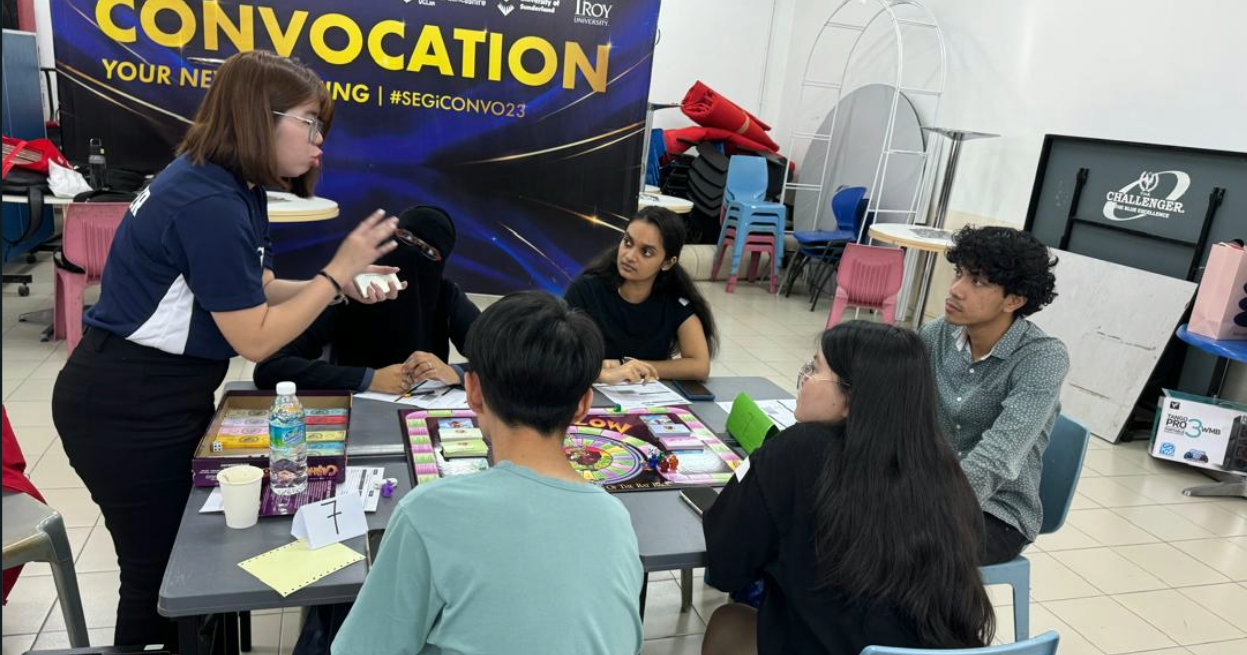Drowning in debt? You’re not alone.
A staggering RM1.9 billion in debt is owed by over 53,000 Malaysian youths under 30, as revealed by AKPK Malaysia. Across the globe, the Canadian Office for National Statistics reveals a concerning trend: half of young people aged 16 to 24 have debts amounting to 40% or more of their annual income, the highest debt-to-income ratio among all age groups.
While the convenience of technology has made it easier to spend money, it’s also made it easier to go over budget. Coupled with rising inflation numbers and living costs, some youth end up in the ‘debt trap’. Which is why in this digital age, where online shopping and e-wallets reign supreme, everyone needs to be extra vigilant about developing smart spending habits.
So, how can the youth navigate this complex financial landscape and make informed choices about their money?
- Go back to basics when it comes to budgeting.
If you’re always broke before payday, creating a budget is the first step towards financial control. Track your income and expenses, identify areas where you can cut back, and allocate funds for your needs and wants. You can even utilise one of many budgeting apps that are ubiquitous on your phone’s app store to help. - Be a super savvy saving strategist.
Besides smart spending, saving is also very crucial for achieving your financial goals. Whether it’s buying a car, pursuing your higher education, or securing your future, exploring different savings options, like fixed deposits or Amanah Saham Bumiputera, is always a good idea. - Understand the different types of debt.
Knowledge is power when it comes to debt. Understand the different types, interest rates, and repayment options before you commit. Use credit cards wisely, and if you need assistance managing debt, Agensi Kaunseling dan Pengurusan Kredit (AKPK) offers valuable resources and support. - Spend with intention.
Before making a purchase, consider your needs versus wants, compare prices, and research product reviews. Be wary of online scams and impulsive purchases, and learn to differentiate between good deals and marketing gimmicks.
Real-World Learning: The Prudential and ICE Student Chapter Workshop @ SEGi University
A shining example of promoting financial literacy among youth is the recent “Financial Education for Youth” workshop jointly organised by Prudential and the ICE Student Chapter on October 16. This full-day event held at SEGi University equipped students with essential financial skills through engaging and interactive sessions.
A key highlight of the workshop was the use of financial games simulating real-life scenarios. Participants learned about budgeting, cash flow, and smart decision-making in a fun and practical way. By applying theoretical knowledge in hands-on activities, students gained a deeper understanding of financial concepts and developed critical thinking skills.

Taking Control of Your Financial Future
The “Financial Education for Youth” workshop is just one example of the many resources available to the youth. SEGi University was delighted to host this event as a show of their commitment to developing students into money-savvy individuals. By taking advantage of opportunities like this and practicing smart spending habits, the youth can gain control of their finances and build a secure future.
Here are some helpful resources:
- Agensi Kaunseling dan Pengurusan Kredit (AKPK): Provides free financial counseling and debt management programmes.
- Bank Negara Malaysia: Offers educational resources and initiatives on financial literacy.
- Securities Commission Malaysia: Provides information and investor education programmes on investments and the capital market.
Remember, financial literacy is not just about managing money; it’s about empowering yourself to make informed decisions and achieve your dreams. Start today by developing smart spending habits and investing in your financial future!
This event is organised in support of the following United Nations Sustainable Development Goals (SDG):
- SDG 4 Quality Education
- SDG 8 Decent Work and Economic Growth
- SDG 10 Reduced inequalities

